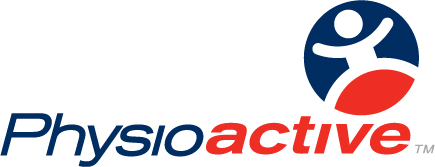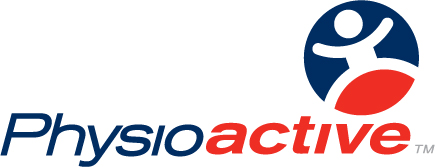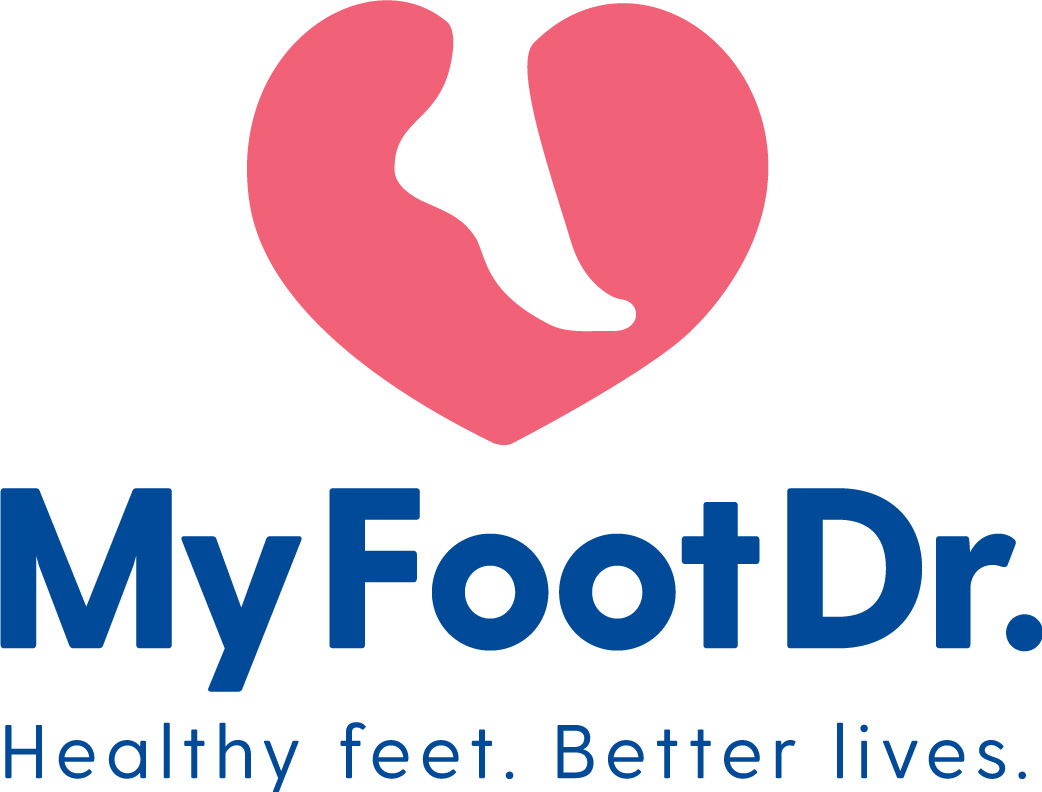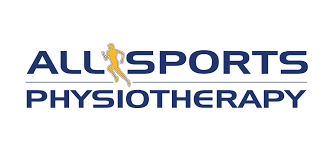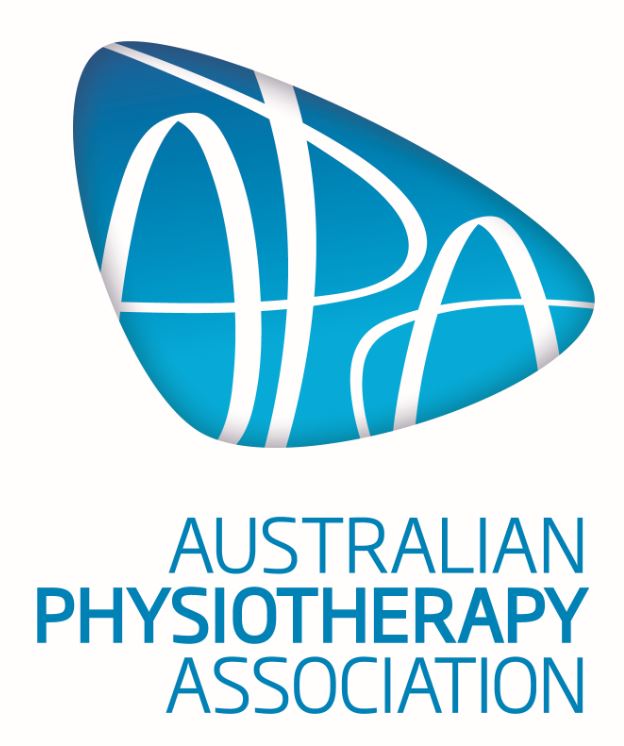After sustaining an injury during sports, the first thing on many players’ agenda isn’t just recovering from that injury, but how to do so as fast as possible. While injuries sustained during sports can vary greatly in their location, severity, and how they occurred, there are five things that anyone can do to help optimise their recovery so they can get back on the sports field as fast as possible regardless of their circumstances.
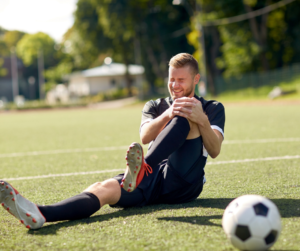
Here’s a look into what these five things are, why they matter, and how they can help get you back on that field, as recommended by our experienced physiotherapists.
1. Listen To Your Body
In today’s society, it is not uncommon to see recreational sports’ players shrug off their injuries, continue to play through the pain, and never miss a future training session, having adapted a ‘no pain, no gain’ mentality. The reality is that when you feel pain, whether it’s immediately on the field or it continues days later during a training session, it is an important physiological warning signal to your body that something has gone wrong. It also indicates that you need to stop the activities that are causing you pain and take a temporary period of rest to help prevent structural damage and promote healing.
For injuries like sprains and strains, aim to unload and limit movement for 1-3 days following the injury to minimise bleeding, prevent distension of the injured fibres, and reduce the risk of aggravating the injury. Try to avoid immobilising the injured area for longer than 3 days unless your injury is severe or you have been advised to do so by your physio or a medical professional, as prolonged rest can compromise tissue strength and lead to further pain. It is when we pay attention to our body and work to protect it that we are able to minimise the extent of the injury and start on the road to an effective recovery in an optimal timeframe.
2. Get A Formal Diagnosis
If you already know you have pain in a specific area, how does having a formal diagnosis speed up your recovery? It’s simple – during your assessment, it is your physio’s role to help uncover exactly what structures in the area have been injured and the severity of the injury – which may go deeper than you think. It’s not uncommon for our physios to see seemingly straightforward ankle sprains but the impact of landing on the outside of the ankle has also led to bony injury. We also see this in knee injuries, where alongside an ACL injury for example, there has been injury to the knee cartilage. Other times, what you may have thought was just slight tweak to a tendon is actually a partial tear, which may require a different treatment approach in the early stages.
Having a formal diagnosis means that all of the bases are covered to help you recover safely and effectively, as opposed to learning weeks down the track that the reason you’re not seeing the progress you’d expect is because of a secondary injury or problem, or the injury is different to what you presumed. More than that, as part of your diagnosis, your physio will help you identify the contributing factors to your injury, and address these in your management plan, reducing the likelihood of re-injuring yourself in the same way in the future.
3. Remember That Exercise And Movement Are Not The Enemy
While some rush back to exercise like nothing has happened, others take a more cautious approach, choosing to avoid physical activity, keeping the injured area as immobilised as possible in the weeks following the injury until their pain has disappeared, in the hopes that this will be their key to a complete recovery. The truth is that there is a strong level of evidence that supports the use of movement and exercise as part of the treatment for soft-tissue injuries such as ankle sprains, as well as reducing the risk of recurring injuries. The key is that the exercise must be appropriate for your injury, which your physio can help you with.
After an acute injury, deconditioning, or a decrease in muscle strength, can occur very quickly after immobilising an injured area, which reduces the load that your tissues can then withstand after you start to get moving. Early resistance exercise is shown to help restore muscle balance, assist the redevelopment of neuromuscular control and function, and aid the development of strength and endurance of injured tissues. Eccentric exercises, as well as heavy slow controlled exercise, has been shown to reduce swelling, reduce pain and help remodel the tendon structure to reduce pain in the short and long term. Even light exercise can help reduce pain levels and improve healing by increasing the blood flow to the muscles around the body.
4. Don’t Rush It
Being patient with your recovery process can be a lot easier said than done when you can’t wait to resume normal activities on and off the sports’ field. However, if you cut corners with your recovery, or jump back into activity before your body is ready, you risk abruptly interrupting your treatment plan and causing more harm than good by overloading your injured muscles or ligaments beyond their current capacity. This can result in re-injury or suboptimal rehabilitation outcomes which can have longstanding effects, such as when a poorly rehabilitated ankle sprain leads to long lasting chronic ankle instability.
Simply put: patients who take the time to adhere to their treatment plan have better outcomes. Focus on the long-term goal of a full, healthy recovery and know that the process takes time.
5. Book In With Your Physio
Physiotherapists help you get the most out of life – helping you recover from injury, reduce pain and stiffness, increase mobility and prevent further injury. With a four year degree, which includes a focus on musculoskeletal health, and further learning every year to advance their knowledge and skills, your physio is your go-to when pain or injury develop. Booking in with a physio means that you not only receive a custom treatment plan (after a comprehensive assessment) that is designed to optimise your recovery in light of your goals, but a large part of their role is also educating you on everything related to your injury, the cause and future prevention.
Your physio stays with you throughout your recovery, which involves:
- The acute stage – helping to avoid worsening the injury while reducing swelling and pain to optimise your comfort
- Rehabilitation stage – helping you improve your strength, movement and control, and prevent any loss of functional capacity where possible
Return to function – this is where your physio helps you get back to your regular, seamless daily function
Ready To Get Back To Pain-Free Sports?
Your Allsports Physiotherapy team is here to help with clinics across Australia. Book your appointment with your local Physioactive team online or give us a call on 3281 8876.
References
[1] https://blogs.bmj.com/bjsm/2018/02/13/choosing-not-injured-using-warning-signal-pain-overuse-injury-prevention-strategy/
[2] https://www.ncbi.nlm.nih.gov/pmc/articles/PMC5015585/
[3] https://bjsm.bmj.com/content/bjsports/54/2/72.full.pdf
[4] https://bjsm.bmj.com/content/46/4/220
[5] https://bjsm.bmj.com/content/52/15/956
[6] https://www.ncbi.nlm.nih.gov/pmc/articles/PMC5932411/
[7] https://www.ncbi.nlm.nih.gov/pmc/articles/PMC3445177/
[8] https://pubmed.ncbi.nlm.nih.gov/24100287/
[9] https://www.ncbi.nlm.nih.gov/pmc/articles/PMC2923776/
[10] https://choose.physio/what-is-physio
[11] https://bjsm.bmj.com/content/bjsports/54/2/72.full.pdf
